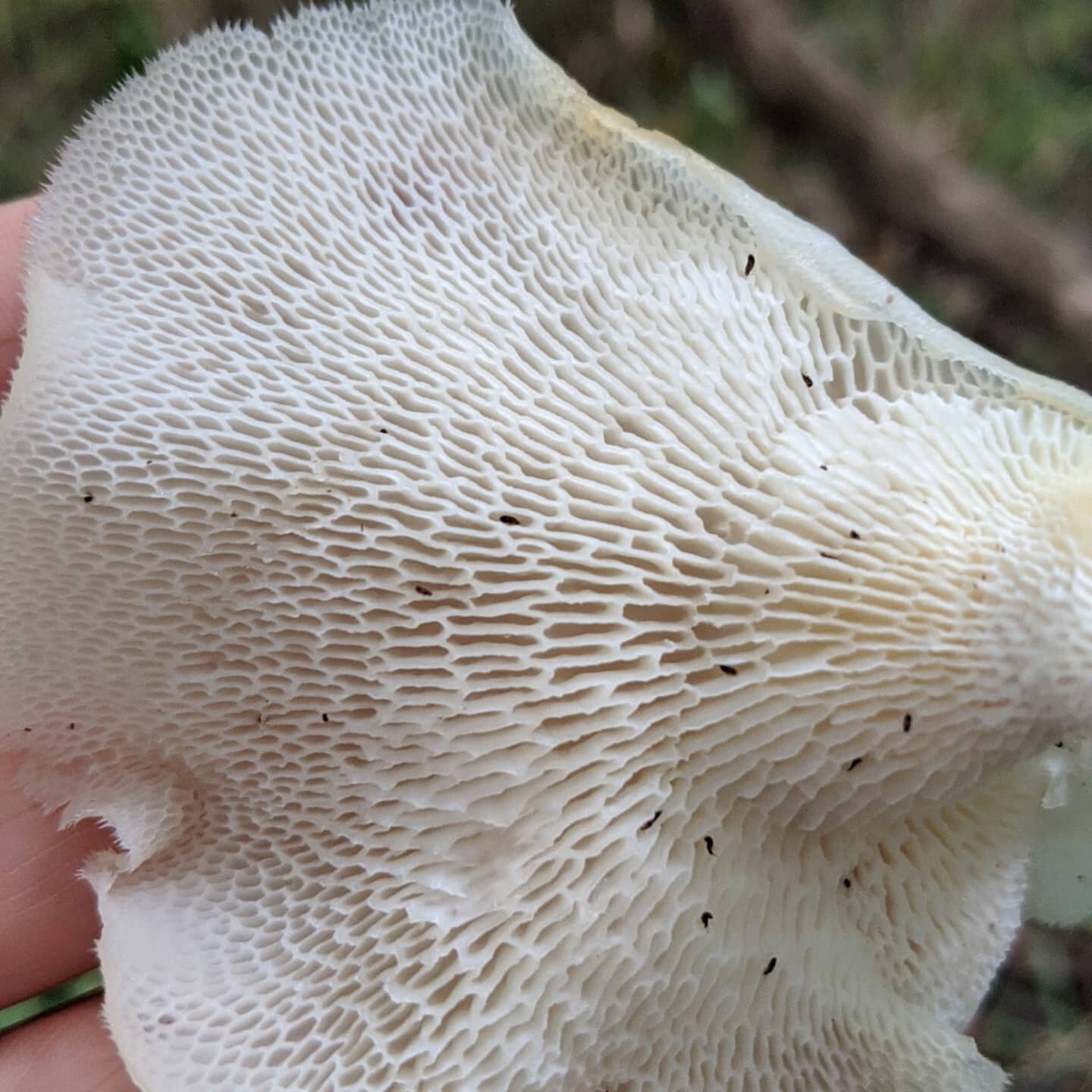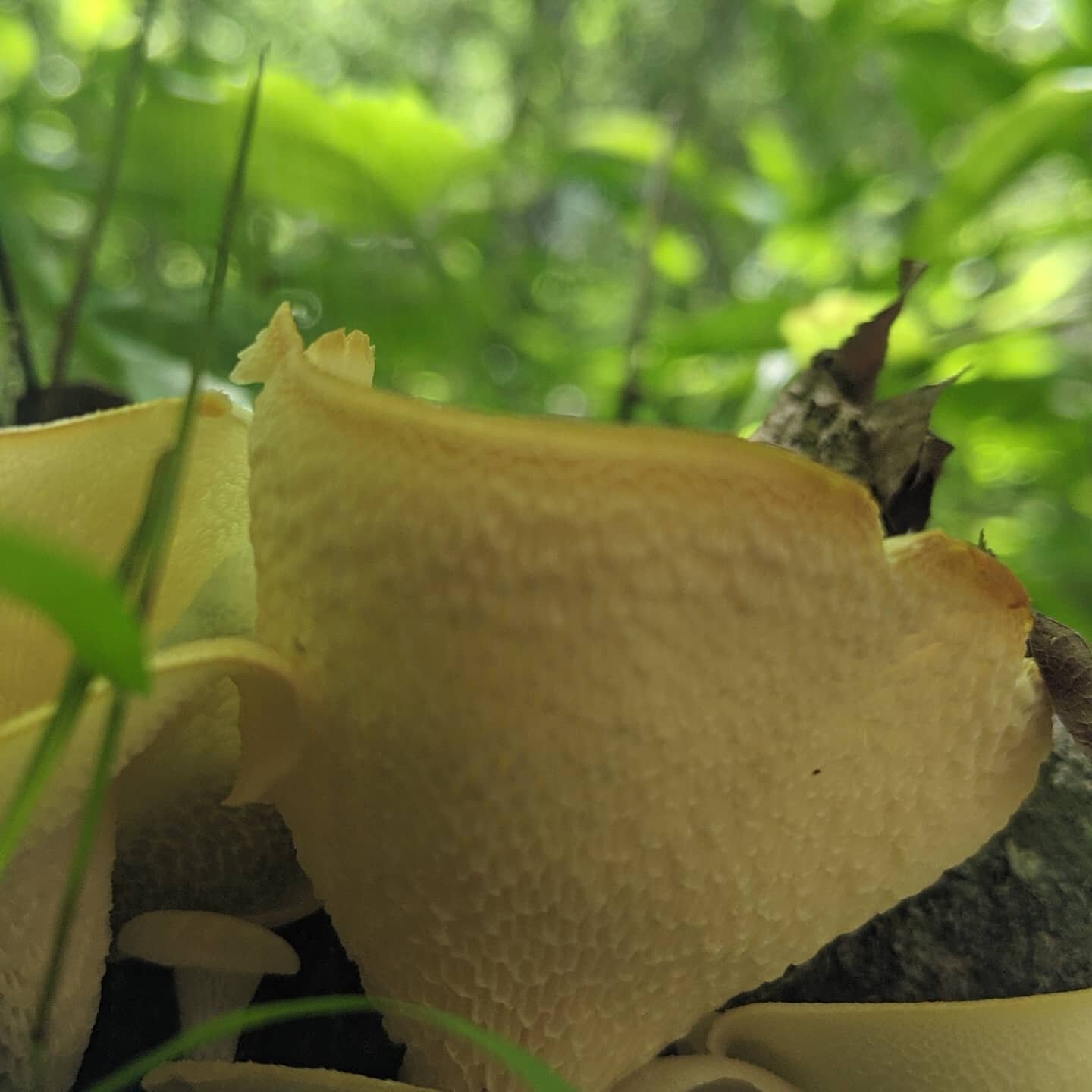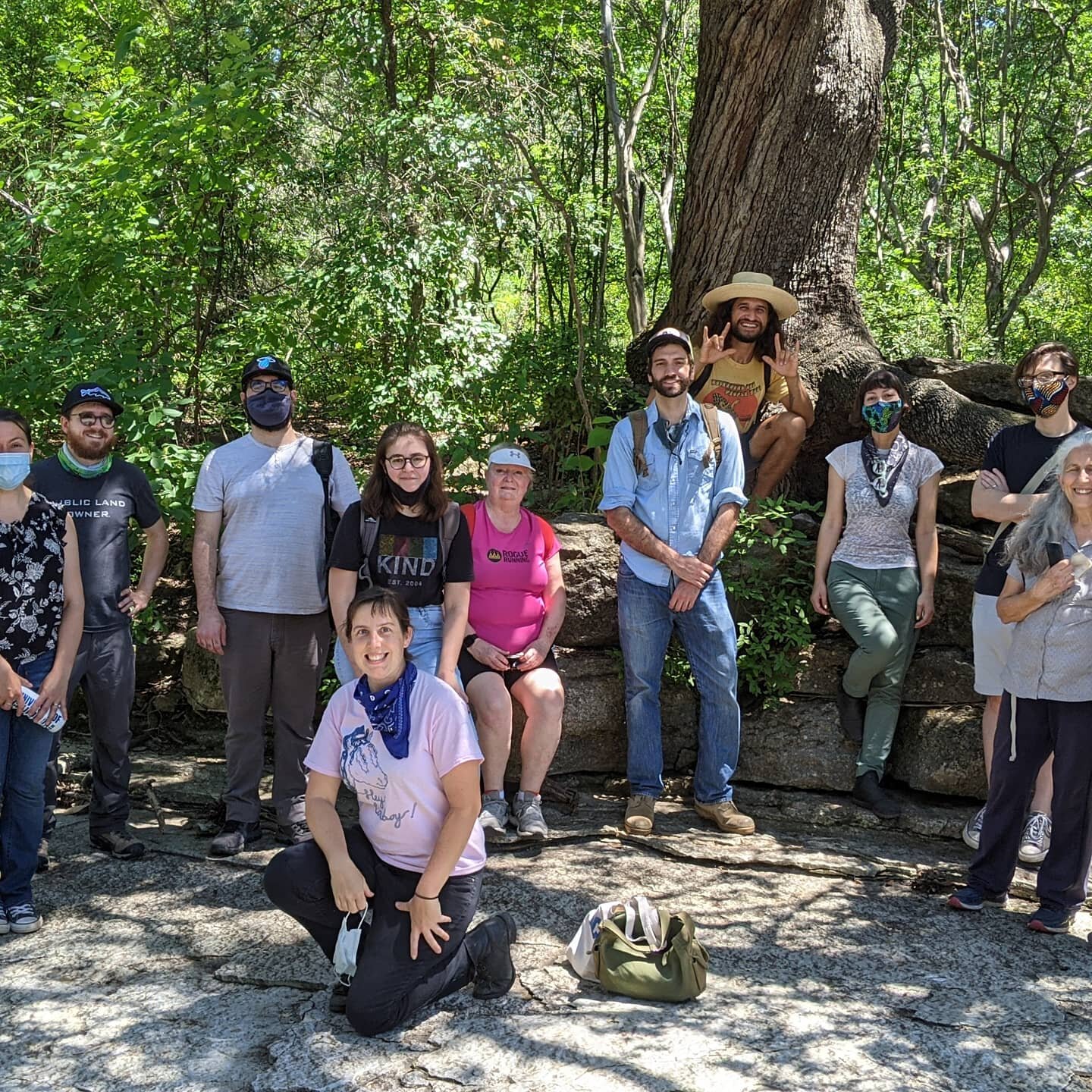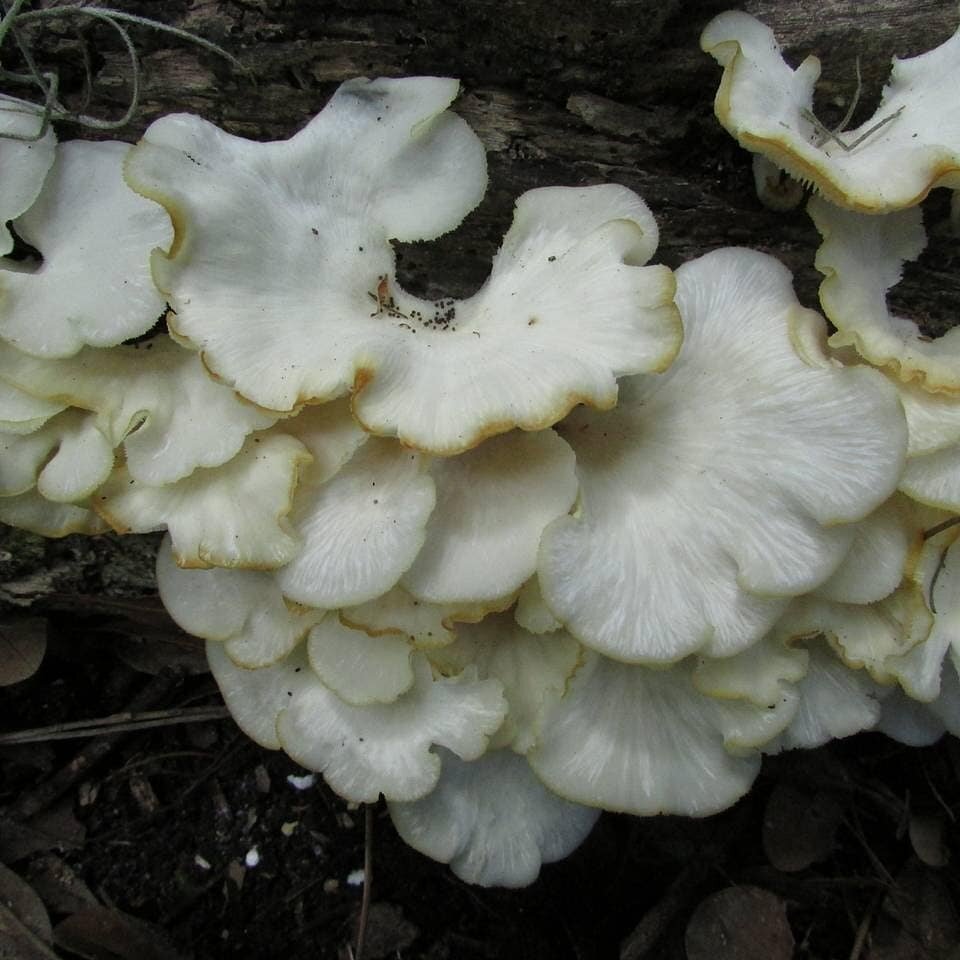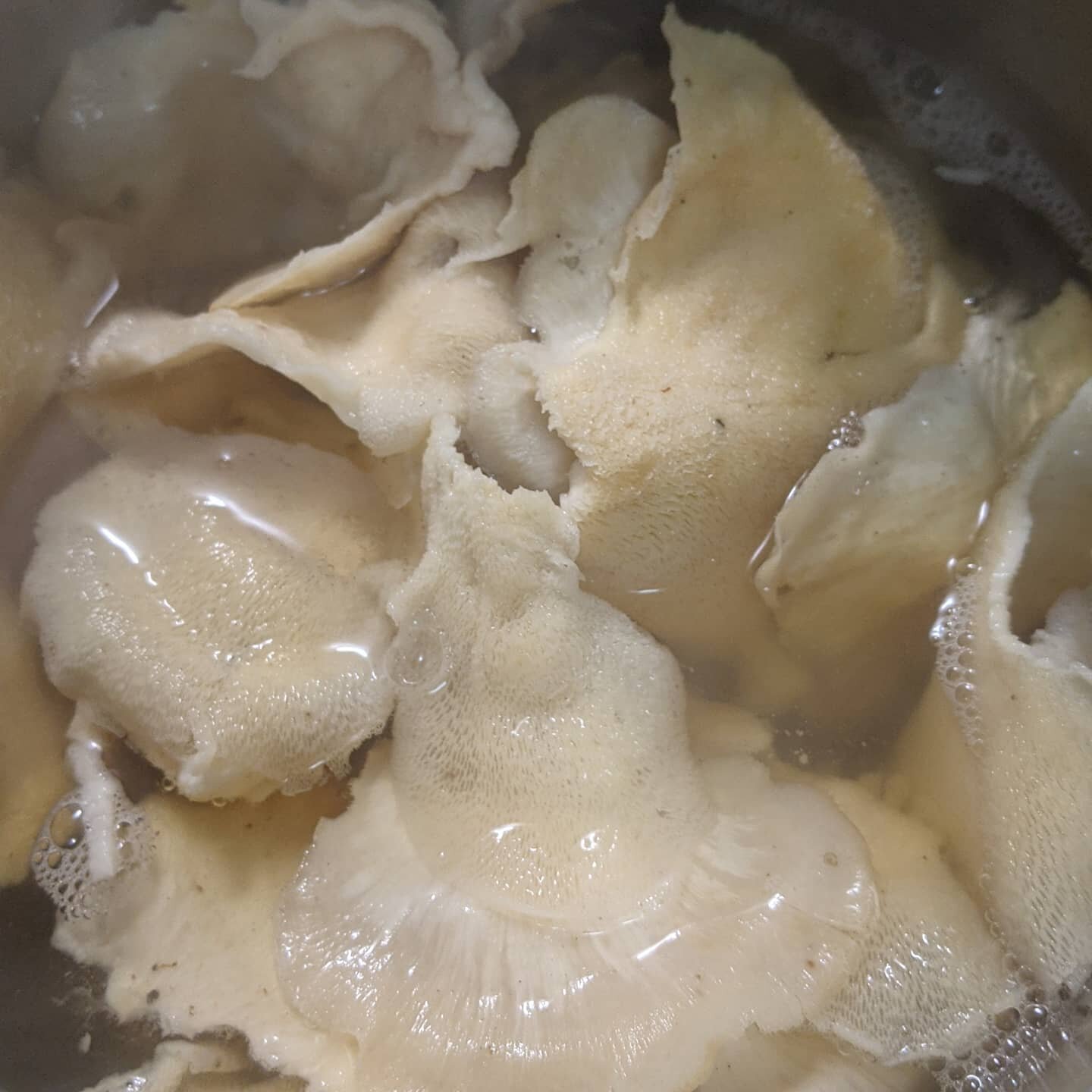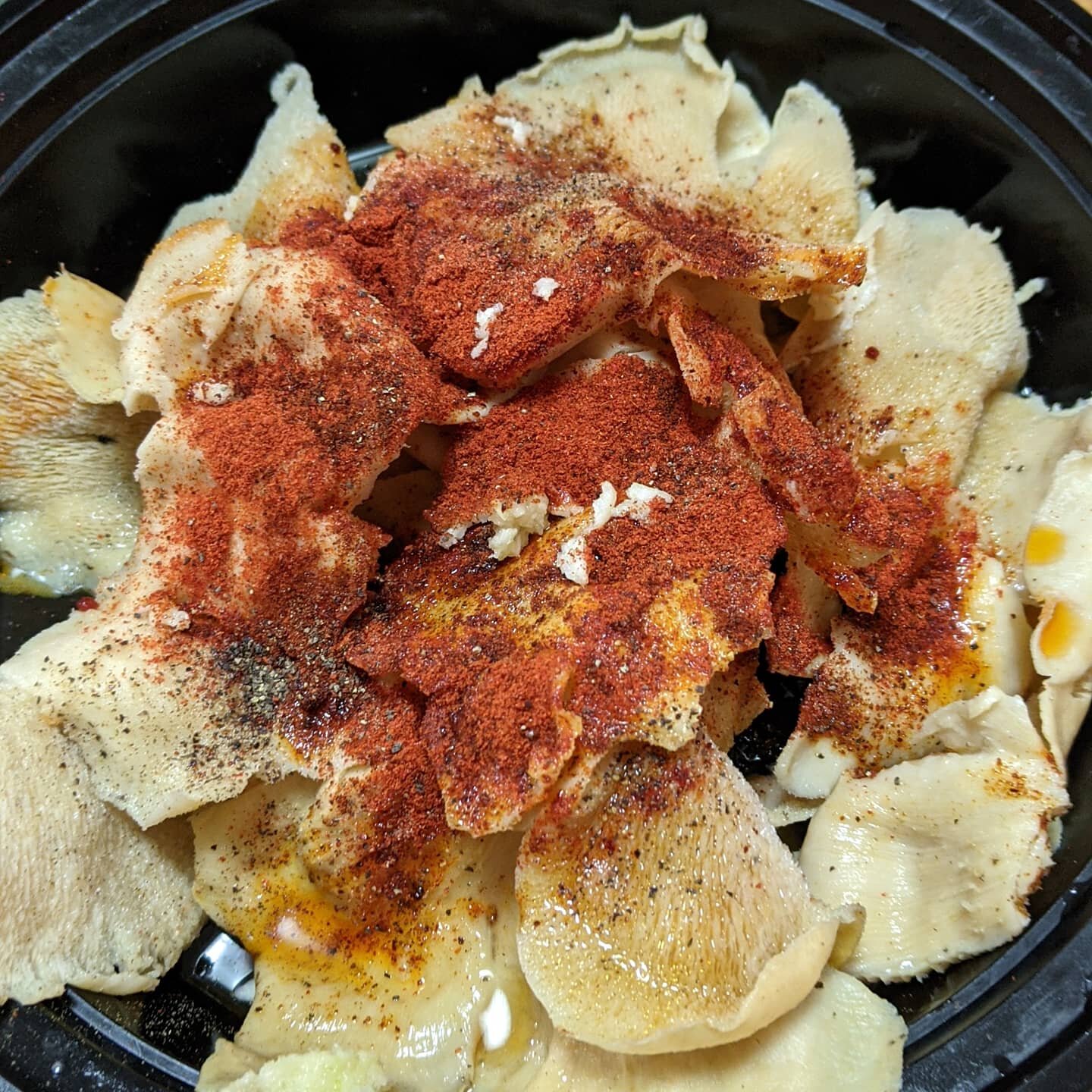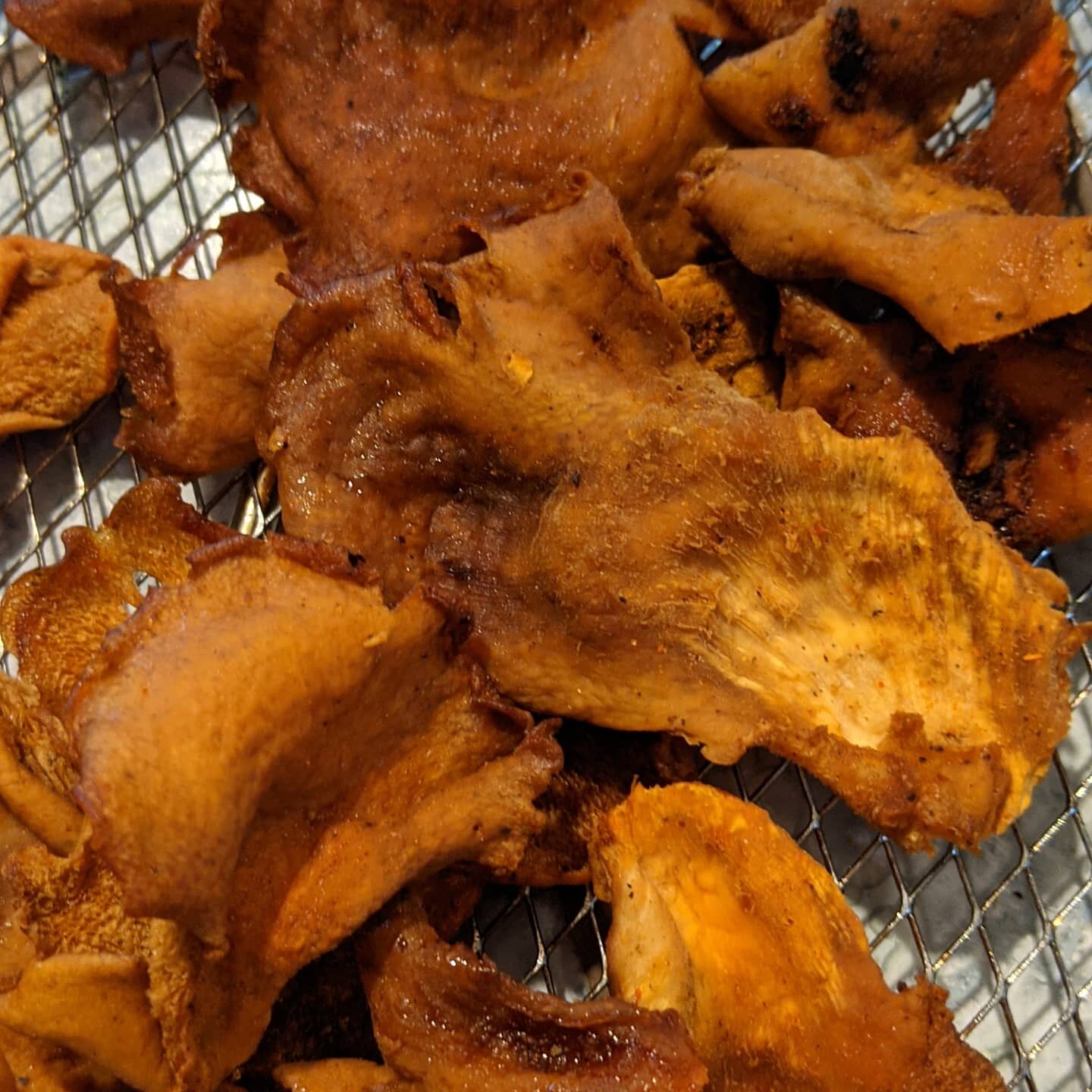Foraging and Cooking the Honeycomb Fungus, Favolus
by @forage.atx
I tried a new recipe with a tropical honeycomb fungus or Favolus (teniculus or brasiliensis sp.?). As things start to heat up they flush after a good rain. We spotted a flush on what appeared to be a dying root on the last Centra lTexas Mycology foray but they were older, yellowing, and already being enjoyed by the bugs. Yvonne and Josh gifted me a large amount they spotted a few days prior. 🙏 It's not a choice edible mostly because of the texture and there is not much information on the edibility of this mushroom online. I've eaten them for several years and they take on a chip-like quality and absorb flavor really well because of the shape of their gills.
In 2020 a paper was published on the commercial cultivation, nutrition and food potential of this tropical mushroom in the Amazon where it is native and collected by the Yanomami people, who already sell more than 10 Amazon mushroom species. You can learn more about their mushroom culture in this film by @beatrizmaues.
"The mushrooms collected in the study present an average of 7.4% humidity, 27% crude protein, 1.5% ether extract, 17% crude fiber, and 1.7% mineral matter. Compared with other species of edible mushrooms, both wild and cultivated, the moisture content of F. brasiliensis (7.40%) is low for species of the genus Pleurotus. For example, the humidity varies from 87% to more than 90%, similar to that found in Lentinus crinitus, another mushroom native to Brazil and also consumed by the Yanomami people. Thus, F. brasiliensis has the potential to be used in human foods."
I tried a new tip I learned from Myers Mushrooms_eptx and I boiled them first. Andre does this for making oyster mushroom jerky. I then marinated in rice wine, smoked paprika, red pepper, black pepper, salt. I then air-fried at 140 for 6 hours. The result tasted has the texture of chicharrones or pigs ears! So many nutritional benefits and meat alternatives in mushrooms! 🪅
FAVOLUS! 🍄❣️

